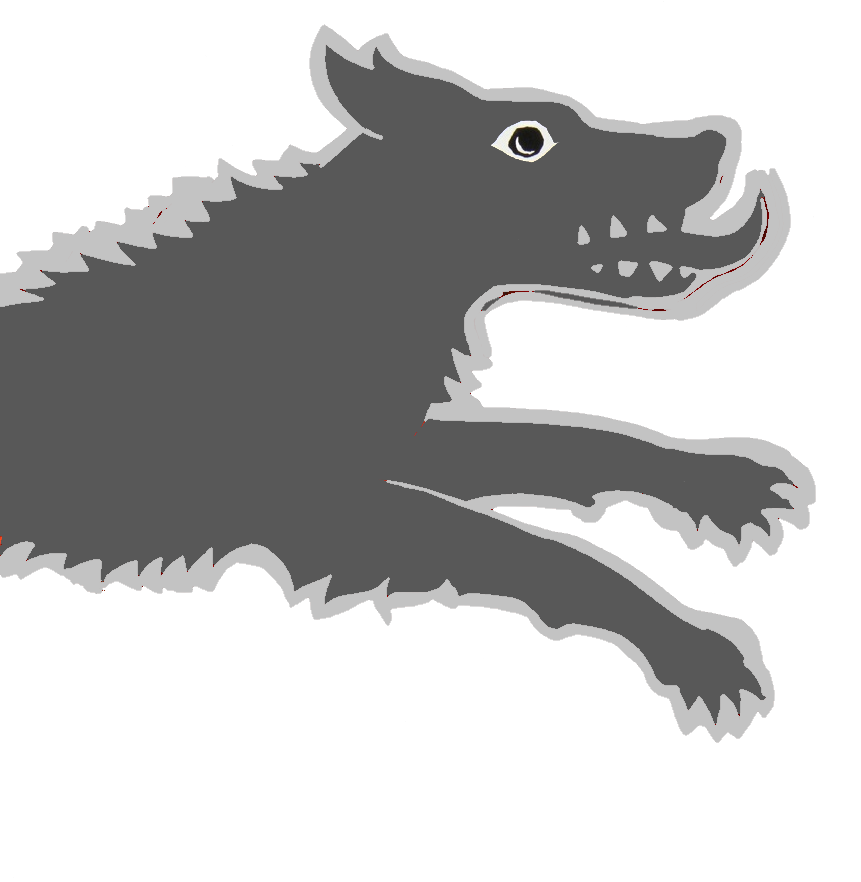It is dusk, a short walk from the big Ikea in Croydon, and a barn owl is emerging from its nest to hunt. In the fading light, the male owl sits on a fence post to survey the rough grass below. He has a busy evening ahead: he is responsible for feeding a roosting female for the next few weeks while she cares for their chicks. The owl hops to another fence post. Suddenly, he dives into the grass below, emerging a minute later with an unlucky rodent, and flies back into the nest.
“I still get really excited,” says Tomos Brangwyn, a local enthusiast who monitors the site, lowering his binoculars. “He’ll do that most of the night. It’s a great sign that there’s a female in there that we haven’t seen for a while, as she’s on the eggs,” he says.
The scrubland is surrounded by urban sprawl. Police sirens and souped-up cars roar past, and industrial buildings hum under harsh security lights nearby. Central London is less than 10 miles (16km) away, but the barn owls here are unperturbed, feasting on the same diet of voles, rats, mice and other small animals as their country cousins. This patch of land has supported as many as three breeding pairs in recent years.


